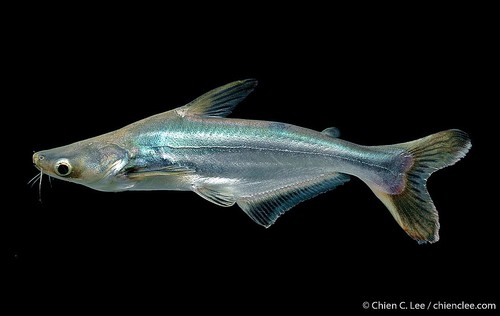
Iridescent Shark
The Atlantic bluefin tuna (Thunnus thynnus) is a highly migratory, large predatory fish renowned for its size, speed, and commercial value. It plays a critical role in the marine ecosystem and has been a prized catch for centuries. This species faces significant conservation challenges.
5 20 years
Lifespan
130 cm
Length
Endangered
Conservation Status
Omnivorous
Diet
Local Migration
Migration
Appearance Overview
The Atlantic bluefin tuna is a large, torpedo-shaped fish with a metallic blue-black back and a silvery-white belly.
Color
Dark metallic blue on top with a silvery underside
Body shape
Torpedo-shaped, streamlined for speed
Fins
Two dorsal fins, the first being yellow or bluish
Finlets
Small yellow finlets running from the second dorsal and anal fins to the tail
Length
up to 13 feet (4 meters)
Weight
up to 2,000 lbs (907 kg)
Diet
Carnivorous, feeding on fish, squid, crustaceans, and eels
Feeding Behavior
Hunts by sight and uses speed to chase down prey, sometimes in coordinated schools, especially when younger
Social Behavior
Forms schools, especially when young; larger individuals are more solitary but can be found in loose aggregations, migratory
Commercial Relevance
Extremely high value, particularly in sushi and sashimi markets, where a single fish can sell for thousands or even millions of dollars
Conservation measures
Strict fishing quotas, international fishing regulations, and monitoring programs; aquaculture research
Status
Endangered (Varies by population segment; some are recovering, others still declining)
Threats
Overfishing (historically the primary threat), bycatch in fisheries targeting other species, climate change affecting prey distribution
Habitat Distribution
Depth Range
0-1,000 meters (typically closer to the surface but can dive deep)
Geographic Range
Atlantic Ocean, Mediterranean Sea, and formerly the Black Sea
Preferred Environment
Temperate and subtropical waters, open ocean, and coastal areas
Reproduction and Life Cycle
Breeding Habits
Spawns in warm waters, primarily in the Mediterranean Sea and the Gulf of Mexico; spawning is temperature-dependent
Development Stages
Eggs hatch into larvae; rapid growth in the first year; juveniles gradually mature over several years
Fecundity
Females can produce up to 30 million eggs per spawning season, releasing them in batches
Maturity Age
Matures at 4-8 years in the Eastern Atlantic and Mediterranean, and around 8-12 years in the Western Atlantic
Faqs about Iridescent Shark
How long do Atlantic bluefin tuna live?
Atlantic bluefin tuna can live up to 40 years.
Are Atlantic bluefin tuna warm-blooded?
Yes, they are warm-blooded, able to maintain a body temperature higher than the surrounding water.
How fast can Atlantic bluefin tuna swim?
They are among the fastest fish in the ocean, capable of bursts of speed up to 40-60 mph.
Do Atlantic bluefin tuna migrate?
They undertake long migrations across the Atlantic Ocean for feeding and spawning.
What's the biggest Atlantic bluefin tuna ever caught?
The record weight is around 1,500 pounds, but they can potentially grow even larger.
Are bluefin tuna only found in the Atlantic Ocean?
They are primarily found in the Atlantic Ocean, but there are related species in other oceans.
Why are Atlantic bluefin tuna endangered?
Overfishing has severely depleted their populations, and they are now considered endangered.
Can Atlantic bluefin tuna be farmed?
Yes, in some regions, there are efforts to farm bluefin tuna, though it is challenging.
What do Atlantic bluefin tuna eat?
Their diet consists of a variety of fish, squid, crustaceans, and eels.
Where do Atlantic bluefin tuna spawn?
They spawn in specific areas, such as the Mediterranean Sea and the Gulf of Mexico.
Copyright @ Nature Style Limited. All Rights Reserved.
 English
English